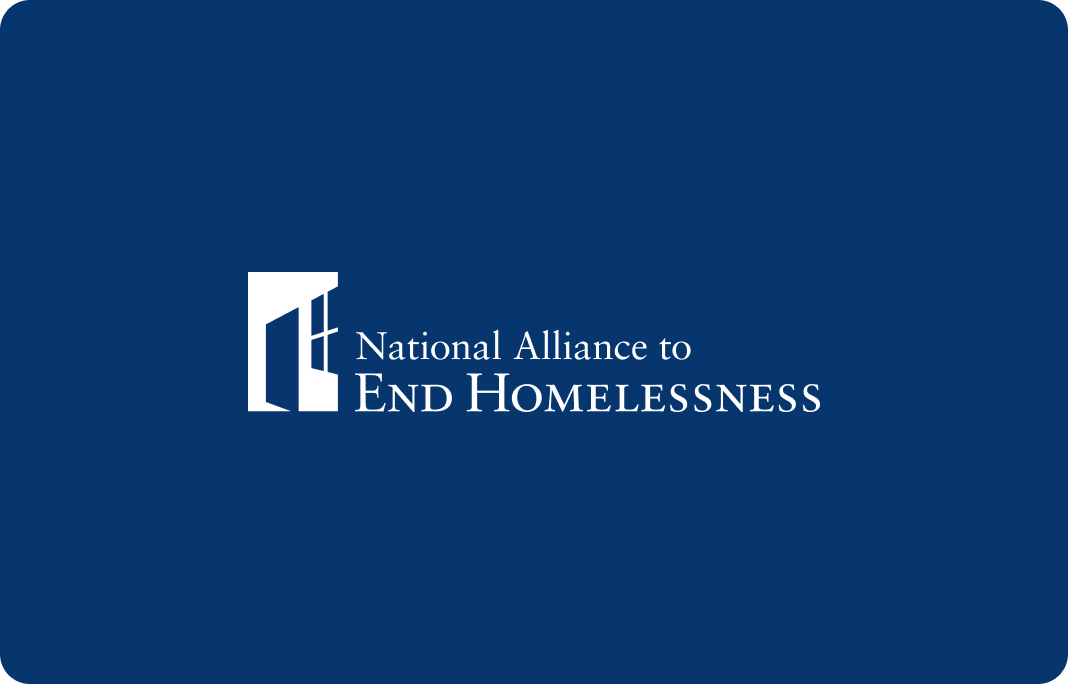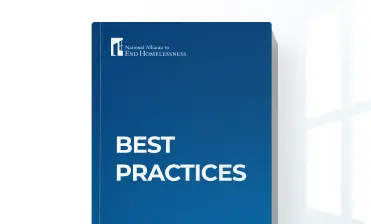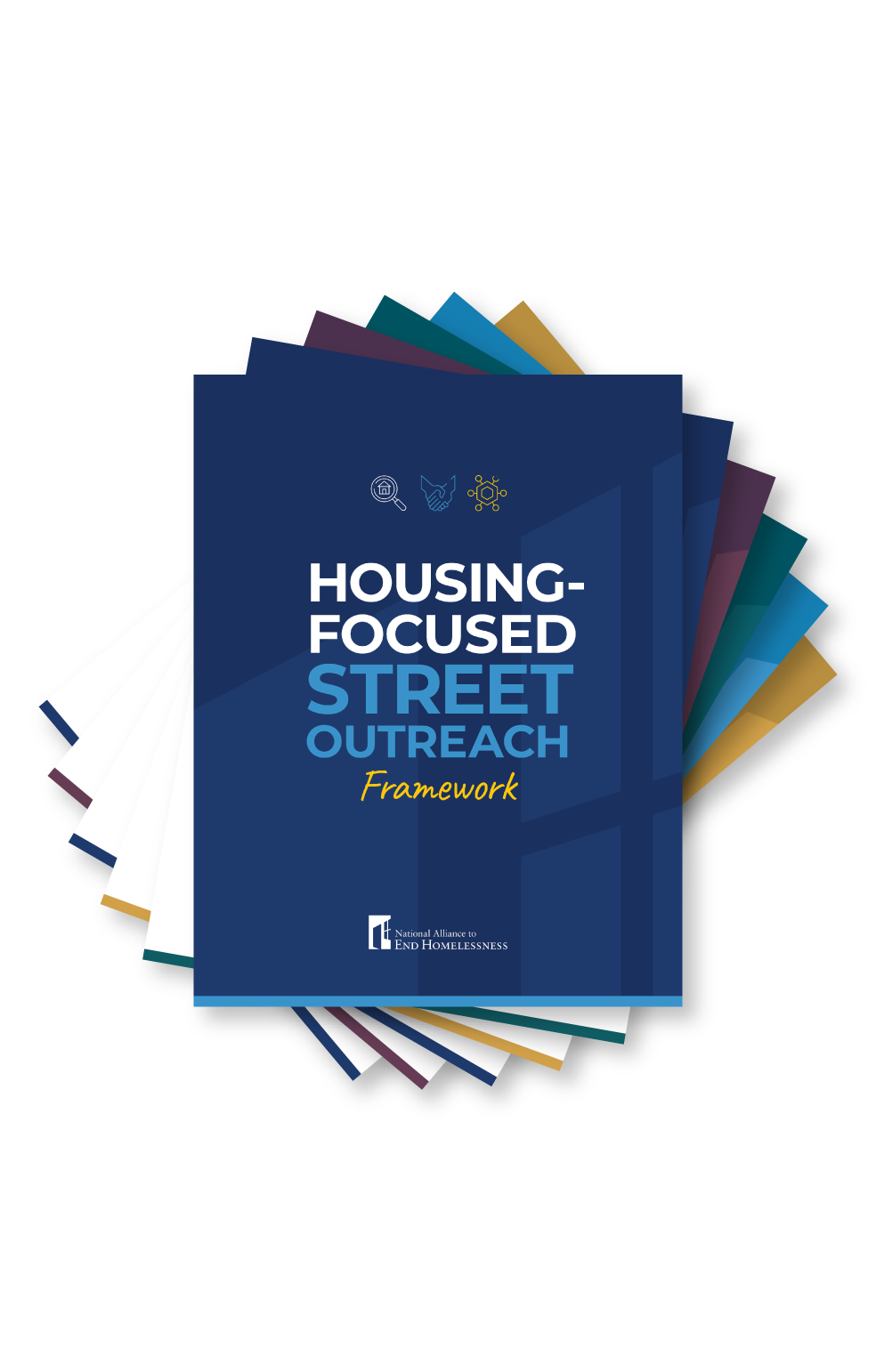Resource Type: Sharable Graphics
-

State Solutions to Ending Family Homelessness
Families experiencing homelessness at a point-in-time declined by 24 percent nationally since 2013, with 34 states reporting declines of one-third or more. State leadership can significantly…
-

Data Visualization: Gender Minority Homelessness
The first brief in the Demographic Data Project tells the data stories of transgender and non-binary people in the homeless services system. The analysis points to the increased vulnerability…
-

Data Snapshot: Homelessness Among Gender Minorities
June 25, 2019 — During the 2018 Point-in-Time (PIT) Count, transgender and gender non-binary individuals were counted in almost every state and nearly two-thirds of the…
-

Many Western and Southern States Lack Sufficient Shelter Capacity for Individual Homeless Adults
The most recent Annual Homeless Assessment Report to Congress reveals that nearly half (48%) of all homeless individuals are unsheltered—living in their cars, on the streets, or in some other…
-

Funding for Youth Rapid Re-Housing Has Grown 20x Since 2014
Thanks to the leadership of innovative youth RRH providers and the advocacy of young people themselves, communities are embracing Housing First and rapid re-housing (RRH) to end youth…
-

There Are Only Enough Permanent Housing Placements for About One-Third of Families That Experience Homelessness Annually
Each year, approximately 45,000 rapid re-housing placements are available to assist homeless families into rental housing and to connect them with services. For families with…
-

People of Color Make Up a Disproportionate Share of the Homeless Veteran Population
Despite progress in ending veteran homelessness overall, racial disparities persist:43.2 percent of veterans experiencing homelessness are people of color…
-

Increased Investments in Ending Veteran Homelessness Are Paying Off
Since 2010, the United States has cut veteran homelessness almost in half, providing a model for ending homelessness for all groups nationwide. Three components were critical to this decline:..
-

To End Homelessness for Individual Adults, We Need Greater Investment in Targeted Rapid Re-housing
Rapid re-housing (RRH) is a critical tool to help people experiencing homelessness get back into stable housing. RRH helps people who have been homeless find suitable rental units, pay initial…
-

Racial Disparities in Homelessness in the United States
Most minority groups in the United States experience homelessness at higher rates than Whites, and therefore make up a disproportionate share of the homeless population:










